Fire! It's hot! It's dangerous! It destroys everything in its path! Animals fear it. Humans try to control it.
Now in this article I am giving my own personal views on fire with, based on what I learned in physics class and research I did later on my own, and a lot of thinking.
Now there are a lot of misconceptions about fire. I did find some idiots who tried to mock me because they thought I was neglecting arson when I tried to explain how climate change did play a role in the big forest fires in Australia which did indeed start with arson, but arson alone cannot cause fires that big.

I mean try to commit arson in exactly the same way as it was done back in in Australia in the tropical rain forest during the rain season, and it's very likely the fires wouldn't spread that fast.
Now in order to understand this you'll need to know this: What is fire? Now that sounds like a trivial question. And truth is also that fire has a few very simple rules even the biggest moron should be able to understand. But then again, the same goes for a game of chess. Any moron can understand the rules, but winning a game of chess against Magnus Carlsen will still prove to be quite a challenge. Fire works with even simpler basic rules than chess does, but how it can spread and such, that is a different story.
The simple basic rule about fire. Fire needs 3 things to exist. Heath, fuel and oxygen. When these three requirements are met you will have fire, period. When any of these three are missing you won't have fire, period. It's as simple as that.
Where things come a bit harder, not really complex, but still harder is the temperature needed to get fire is different per kind of fuel. Wood for example needs a temperature of approx 250 – 350 degrees Celsius (482 - 662 Fahrenheit), in which the temperature can really differ depending on the kind of wood. My chemistry teacher told me a story how he had an aquarium with some white phosphor on the bottom which began to burn on a hot summer day even while the stuff was completely submerged in cold water.
Now fire is nothing more or less than the reaction with one substance with oxygen. The flames we see are an attempt for the reaction to get more oxygen in order to make the reaction going. This also leads that I must impress that the sun is purely scientifically speaking not "burning" as a reaction with oxygen is not happening in the sun, we speak of the fire and burning when the sun in concerned to make talking easily, but what actually happens there is nuclear fusion, which which hydrogen atoms are fused with each other creating helium atoms in the process.
Now when it comes to how climate change can play a bigger role in forest fires than arson, things are now easy to understand if you think things a bit further. With the arson that starts stuff the flame from the arson brings the heath, all the stuff the flame touches is inflammable and dry, so then we got the fuel. The weather is hot and dry, so we got the heath, plus the arson heath and the start is there, and since the weather conditions are thanks to climate change optimal the heath of the fire, brings the stuff around it to the required heath and the rest acts on its own, and the wind provide extra oxygen and whoosh. When the weather conditions are not this optimal this process will be slower, or even not take place at all at this scale, and therefore be easier for firemen to extinguish. However as the climate change made things perfect from the fire's perspective, the fire is next to unstoppable once it began to spread.
Please note, with fire, all fires start small, but how big they become always depends on the circumstances in which it exists.
"Cold Fire", "Warm fire" and "Hot fire".
Now these are terms you may have heard and and about which there are TONS of misconceptions. A lot of people believe that "cold fire" is not dangerous at all. Well, the opposite is true, cold fire is very extremely dangerous and by far more dangerous than the other two categories of fire. The forest fires I mentioned earlier are actually "cold fire", however if you have seen the devastation it brought, you cannot say those fires were harmless, now, can you?
"Cold fire" is also the most devastating for the environment.
The issue is "cold" is a subjective term. When do you experience something as "cold" and when as "hot"? Bring an Eskimo to the Netherlands and they'll likely complain about the heath. Bring an Arab to the Netherlands and they'll mostly complain about the cold. Yet, the temperature they complain about is the same. Yet, both are right from their own point of view.
Now the term "cold" should in physics be used in the same kind of way. And "cold" in the context of fire therefore means that the temperature is lower than it could be. But "cold" in the context of fire can still be over 200 degrees Celsius (over 300 degrees Fahrenheit) and that's why hotter than humans can survive.
Now in this blog I'll simplify things, as the total context there are more "settings", but I'll keep it to these three basic groups.

This is the "cold flame". It's not nearly as hot it could be. The flame is high because it's grasping for oxygen. That's also why it's "cold", as it wastes a lot of energy trying to grasp oxygen. The reason why this flame is so dangerous is exactly because of that. Due to it trying to grasp more oxygen, it does create more heath, and can therefore set everything around it on fire when it touches it. Another downside is, that the chemical reactions are not always complete, so these flames do create carbonmonoxide (CO), which is a poisonous gas, and a rather treacherous one at that,as you really do not notice you've been poisoned with it, and will eventually just lose consciousness and die, and not feel any pain at all. We call this also the "sweet death" due to the lack of suffering. However due to this you also will not think about calling for a doctor.
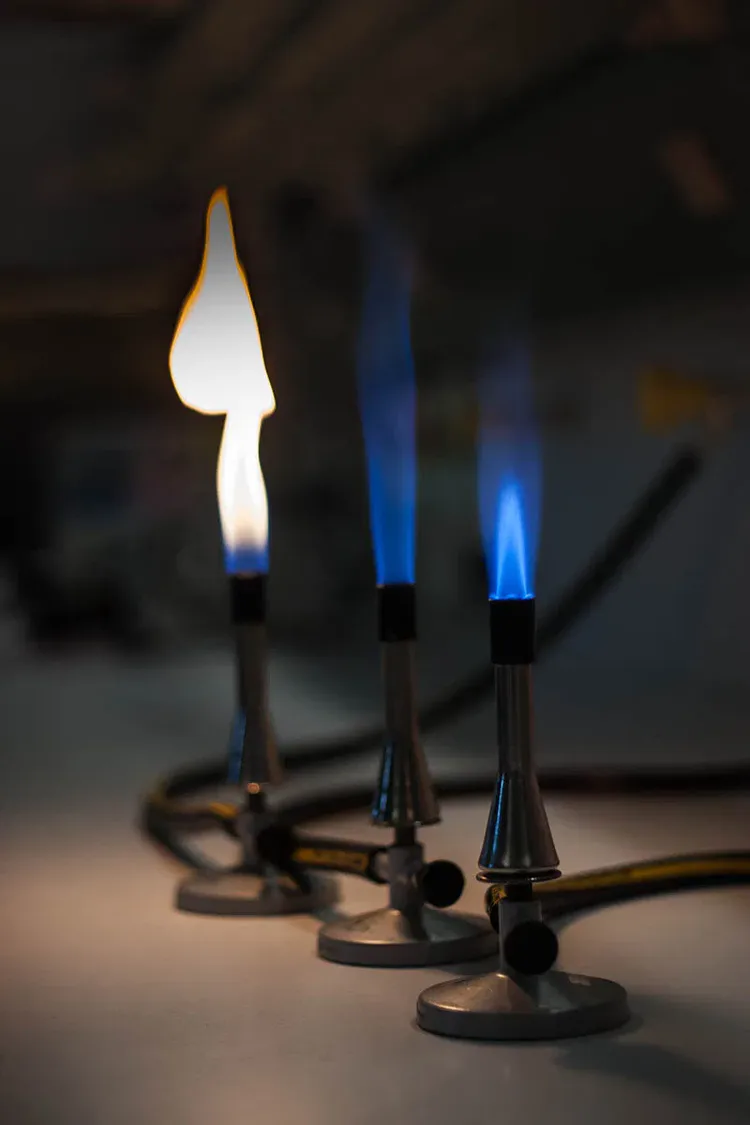
The gas burner in the front shows "warm fire", and the middle something in between. The three burners are the same, but why the difference in fire. The secret is the ring just above the valve. On the burner with the cold flame the ring is closed, forcing the flame to grasp any kind of oxygen it can get, however with the ring open, the the fire is fed with fuel and oxygen at once and doesn't need to grasp around for oxygen, and as such it's straight (due to the pressure from below it won't go back inside the burner) and by far hotter. This is also how your fire should look when you cook on a gas set. Although this fire is hotter the dangers are a bit decreased because the fire is straight and doesn't try to spread, as it simply doesn't need to. Of course, stuff coming too close to it is still heated and can still catch fire, but as you can know where the flame goes, this is easier to control. The chemical reactions are now also more complete, and the chance for the emission of carbonmonoxid has been minimized or even been made non-existent. Now you will get carbondioxid otherwise known as CO2. Well CO2 has been accredited to be the "evil" in the greenhouse effect issue, but otherwise this gas is completely harmless. (Well, it's not poisonous, as a few notes could be made here too).
Now this may be "less dangerous" than cold fire, but don't get me wrong. You cannot put your hands into this, the way you do with a candle flame. With a candle flame it takes a short while to dehydrate your fingers before you get burned. This fire is so hot this will happen in an instant. "Dangerous" is also a term that comes in perspective.
Now what I couldn't find a picture of is really hot fire. Created with 100% pure oxygen. Although this fire does not even show a flame and stays really on the core of the burning only, the heath it produces makes that only trained professionals may use it. The flame is so hot that you can drill through concrete with it without much effort. However the fire is so bright white that you will need very strong sunglasses as the light will blind you, and the "drill" (which is just a thin metal hollow pipe) can only be used once, as it's completely burned in the process.
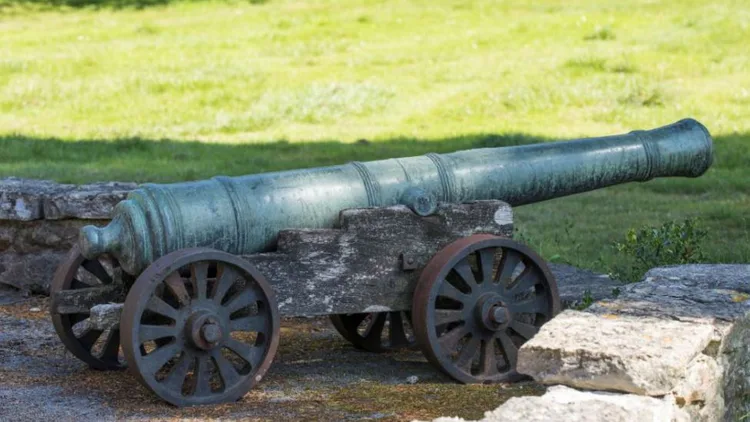
Now the power of fire is something else. For example gunpowder is basically not explosive, and yet it is used as such. What actually happens. The powder is highly inflammable, and when air gets heated it expands. So the gunpowder burns, and it produces heath, the air wants to expand but has no way to except for trying to push the cannon ball out, the cannonball is heavy, yet it can eventually get loose and once the pressure is so high the cannonball can no longer block the pressure it gets through away and the release of the heated air goes so quickly and the power and sound is that of an explosion. And frankly that is what it has become.
(WARNING! DON'T TRY THE STUFF IN THE PARAGRAPH BELOW WITHOUT SUPERVISION OF PEOPLE WHO *KNOW* WHAT THEY ARE DOING!)
However you can cause the same effect with a PVC pipe and two acorns and two sticks. put an acorn on both ends of the pipe and make sure they get stuck, and use the stick to push one acorn through the pipe to the other. I warn ya, this takes power to do and be sure the other acorn has free room and make sure nobody (or nothing of value) is close to it. Eventually you will hear a loud "pop" and the acorn released will go at a lethal speed and possibly you can even see smoke coming out of the pipe. I warn you, don't do this when you are unsure of what you are doing, or seek the guidance of people who know what they are doing if you try this.

Basically this is also how handguns work. The tip of the bullet gets under high pressure and goes straight away. The tip is not even sharp, but due to the high speed and high pressure getting touched by it while it flies can be lethal. Handgun bullets do have a bit of gunpower in their shells, however there are also air pressure guns, but there the same principal applies.
So basically the principal of cannons and guns is not really fire (even though we call them "firearms") but air pressure caused by the heath of the fire.
Lastly we all know the red and yellow fire, and we now know that how much oxygen the fire can get is a key here, but the kind of fuel can also play a role. The picture below shows the fire when the metal magnesium burns
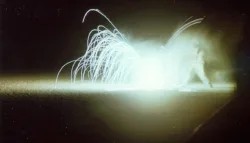
Looks like fireworks, doesn't it? Well speaking of fireworks, the effect of colorful fire in many sparkles is also due to the contents of the fireworks causing a certain effect. I don't know if magnesium was used for that, but that doesn't matter.
Now one of the reasons to be careful with fireworks (and with fire in general) is because the basic rule of fire is easy. Fuel, air and oxygen. However that only decides that fire exists. Once it exists effects like availability of oxygen, wind, and other things can decide how the fire goes and as those elements are not easily controlled (if they can be controlled at all), there is no telling which way the fire goes, and with fireworks where the fire whooshes even further these elements are why safety rules apply. And it's interesting that how something can be so simple and complex at the same time, eh? 🤣🤔
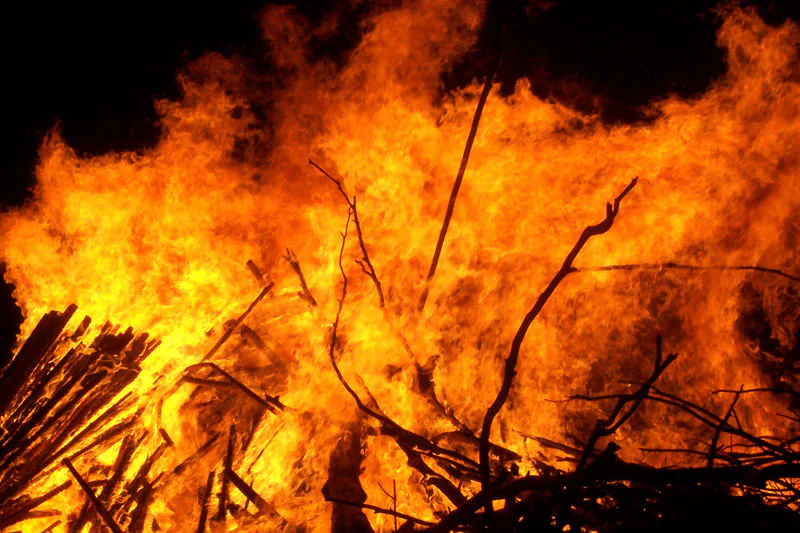

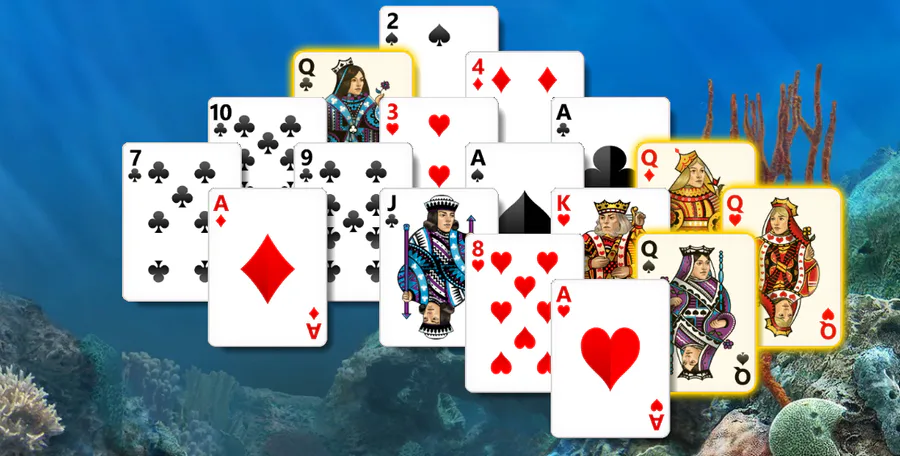



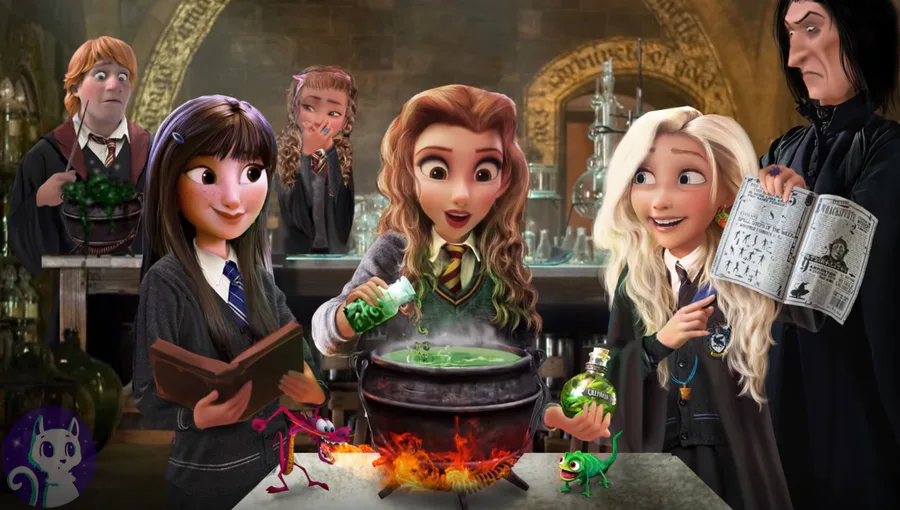

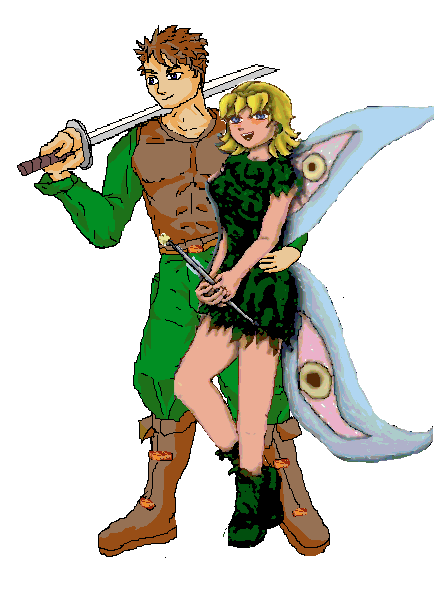
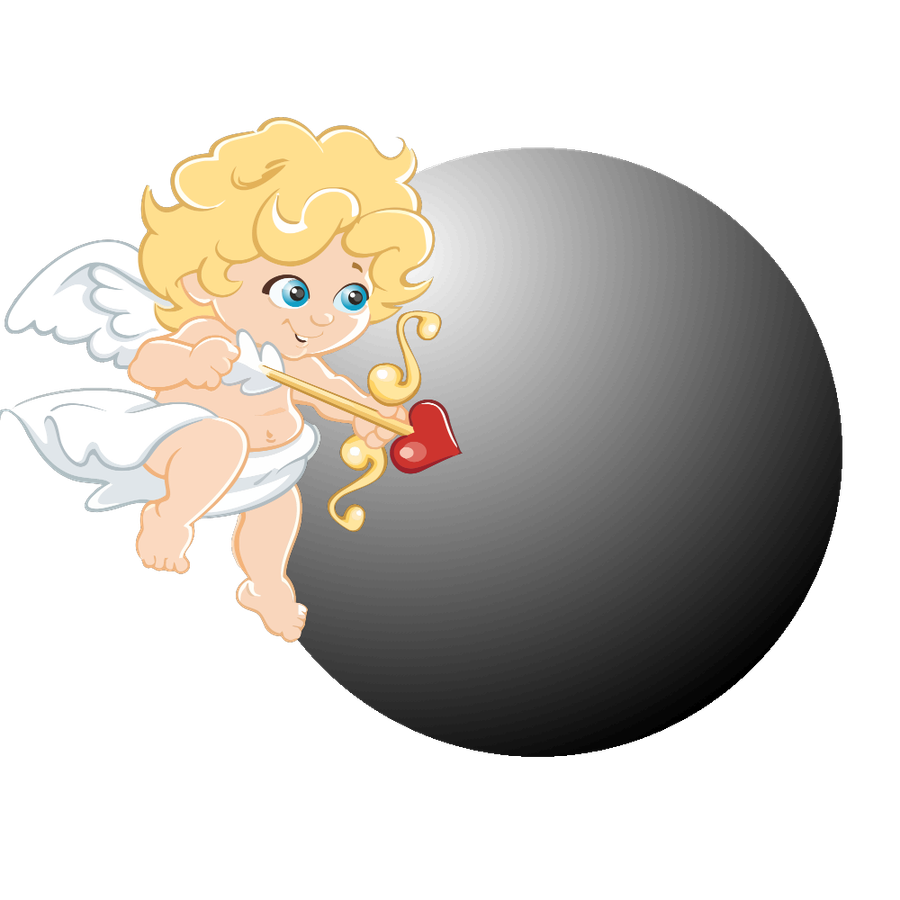
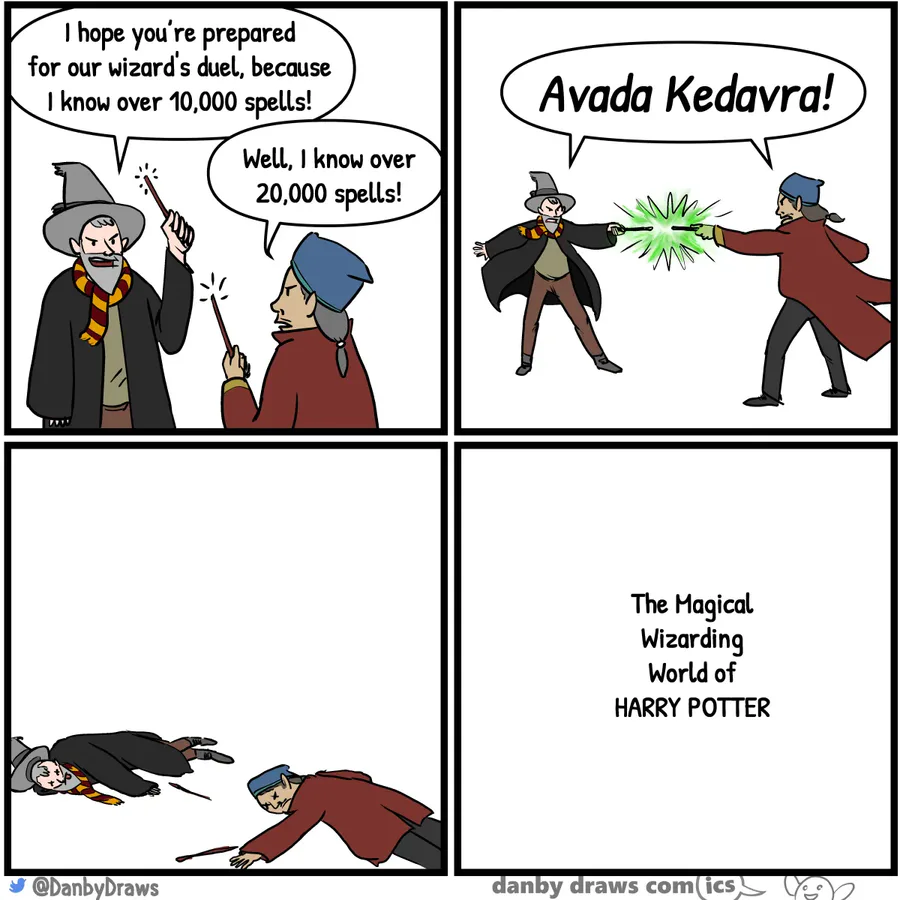
0 comments